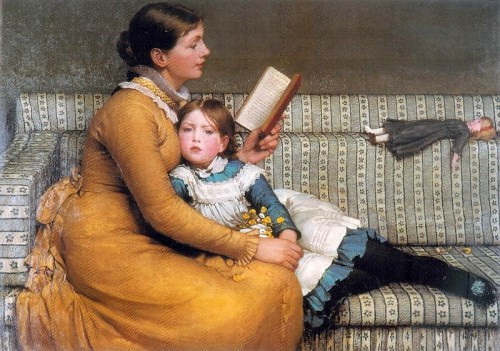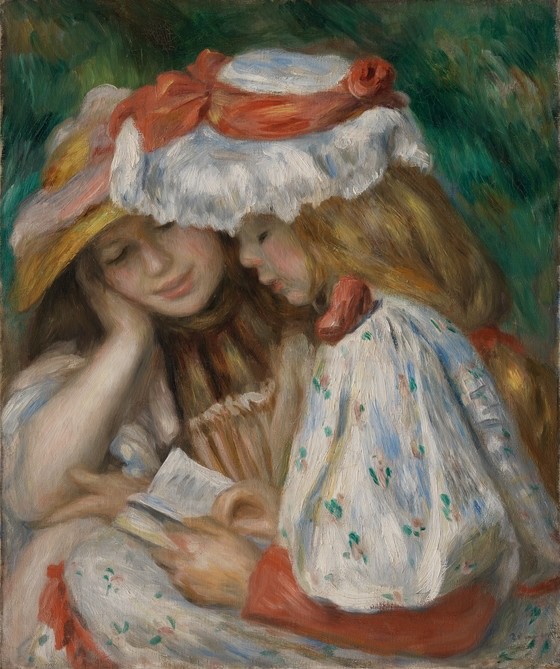Blast from the Past: This blog entry first posted 30 April 2017 and was reposted on 19 November 2022. Recently, I’ve received numerous questions about the value of reading novels to high school and middle school students (letters usually from annoyed colleagues). My replies have typically included the following: “Teaching someone to read without having them read it is a neat trick, but not one likely to be effective. I assume those teachers also avoid writing requirements since their students can already talk, and If I hope they’ll be willing to accompany those kids to college, so the kids will have someone to do the reading for them – the same deal they are getting in high school.” I could add Carol Jago’s wise response to similar queries on Twitter: “When we read the whole novel aloud to high school students, the only person in the room becoming a better reader is the teacher.” (Carol is a former President of the National Council of Teachers of English). Given the renewed interest in the topic, I am reposting this blog.
Recently, I received a letter from a middle school teacher who was being pressured to read novels to his students. He questioned the appropriateness of the practice given the great amount of time that takes and the learning needs of his students. He wanted to get my opinion or to find out what research had to say about the practice.
In response, I explained that there were definitely some benefits to be derived from reading to kids; though in fairness almost all of that research has been done with preschoolers (with a handful of additional studies conducted in the primary grades). That means we are going to generalize from studies of 4-year-olds to determine the appropriate instruction for 14-year-olds. However, even with that, none of those studies have ever reported that reading to kids improves the kids’ reading ability (though such shared reading does improve vocabulary—at least when measured with the kinds of vocabulary tests that are not particularly related to reading).
I didn’t rule out the practice of reading to teens altogether, including doing so sometimes “just for fun,” but I did suggest that the time could be better spent, and that reading to teens should be kept brief and targeted (that is, purposeful).
There was much heated and opinionated response to that research-informed advice. So much so, that I thought it would be worth a little further analysis.
How long does it take to read a novel to students? Obviously there are a lot of factors that would determine the time, but given that adults typically read aloud between 150-175 words per minute, a good estimate might be that it would take roughly 16 hours of class time. I estimated that with the idea that the book would be about the length and challenge level of The Scarlett Letter (kind of an average length).
The teacher had asked about “novels,” so let’s say he meant two… then it would take 32 hours of class time to read those two books to the students. Of course, many of the angry responses pointed out that kids enjoyed being read to and that reading novels to them is a good way to get engagement. Fair enough, but I suspect that would mean it would take the teacher somewhat longer to read these novels than I have estimated, since an engaging presentation of the texts would require added teacher explanation and student discussion. My time estimates then are a bit short since they only count the reading itself. But, for the sake of argument, let’s stay with what I’ve come up with so far, as conservative as it is.
Some of the respondents pointed out that it wasn’t just reading to kids that engaged them, but having them reading self-selected texts on their own was important, too. None of them gave any time estimates for that activity, but over the years what I think is most commonly recommended is about 20 minutes of this kind of reading 3-5 times per week. Let’s go with the low end of this suggestion… which would mean kids would be doing their “on your own” independent reading for about one hour per week (or 36 in a school year) in the classroom.
English classes vary in length, but I’ll do my calculations on the basis of a 45 minute English class—longer than some, shorter than others. Plugging all these estimates into this schedule, you end up with kids spending 42 days per year doing nothing but listening to teacher reading, and another 48 days per year doing their home reading at school.
Where does that get us? It leaves teachers with only 67.5 hours per year to teach reading comprehension and literary interpretation, composition, grammar/usage/mechanics/spelling, literature, and oral language. Not much!
For those who complained about my unwillingness to devote roughly 25% of the English program to reading novels to secondary students (heck, 4-year-olds who are read to do better on the Peabody Picture Vocabulary Test), I would point out a few facts:
- The National Assessment of Educational Progress estimates that about 1/3 of American high school students are prepared to do college reading by the time they graduate high school
- That 60% of students entering college require remedial coursework
- And, that 80% of the professors who teach freshmen and sophomores indicate that those students are unable to read the complex texts required.
It might be easier—it might even be more fun—to read to kids than to have them trying to make sense of a novel through their own reading efforts, but don’t confuse that kind of reading to kids with teaching them to read. (And, sending them off during class time to do self-selected reading, instead of the typically-more-demanding reading of texts in the English curriculum with the scaffolding and accountability a good teacher brings to the mix, won’t get the job done either).
A less pleasant way to think about the implications of this issue: Kids who are reading self-selected texts on their own need books and safe, quiet places to sit, but they don’t need teachers. And, these days there are spectacular recordings available of novels read by skilled actors with trained voices. No need for certificated teachers to hit the on/off switch on recorded books. If this is what English teaching has devolved to, then these calcuations suggest that we could easily employ 50% fewer English teachers (since those are arguing so vociferously for 50% less English instruction than districts have budgeted).
Teaching matters. Even with the cacophony of responses, I still can’t think of any reason why a secondary teacher would read a complete novel to his/her students, and I have given many reasons for not doing so. In the original posting, I explained that there were places for reading to kids within the secondary curriculum, but they should be brief and they should be targeted. After considerable additional thought, I agree with myself.







Comments
See what others have to say about this topic.